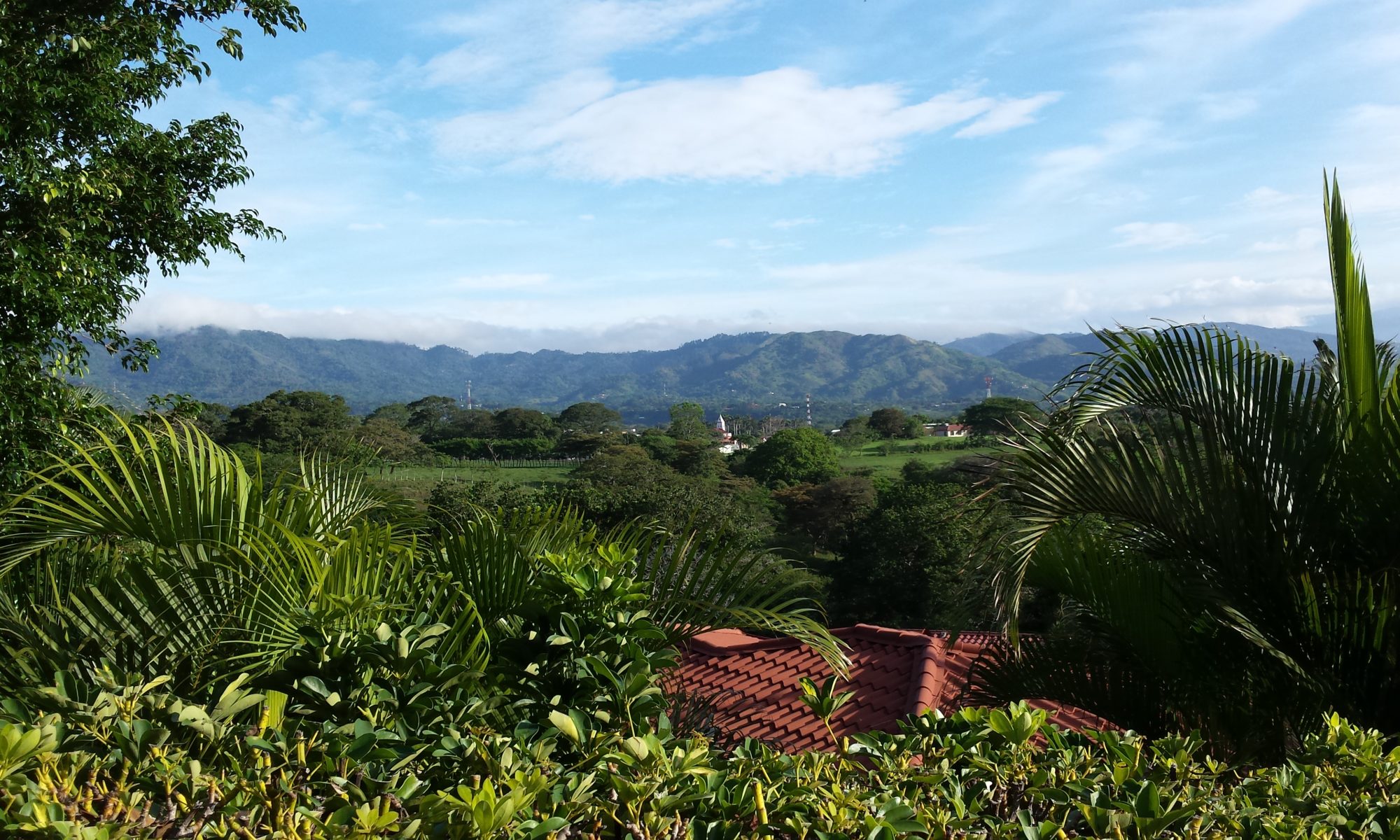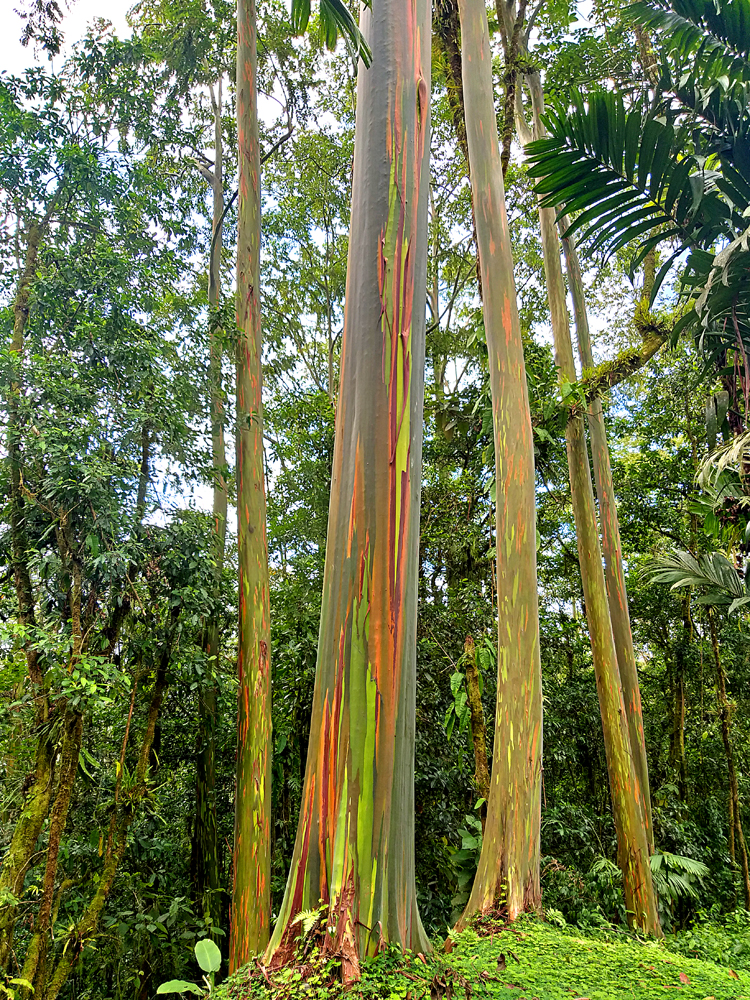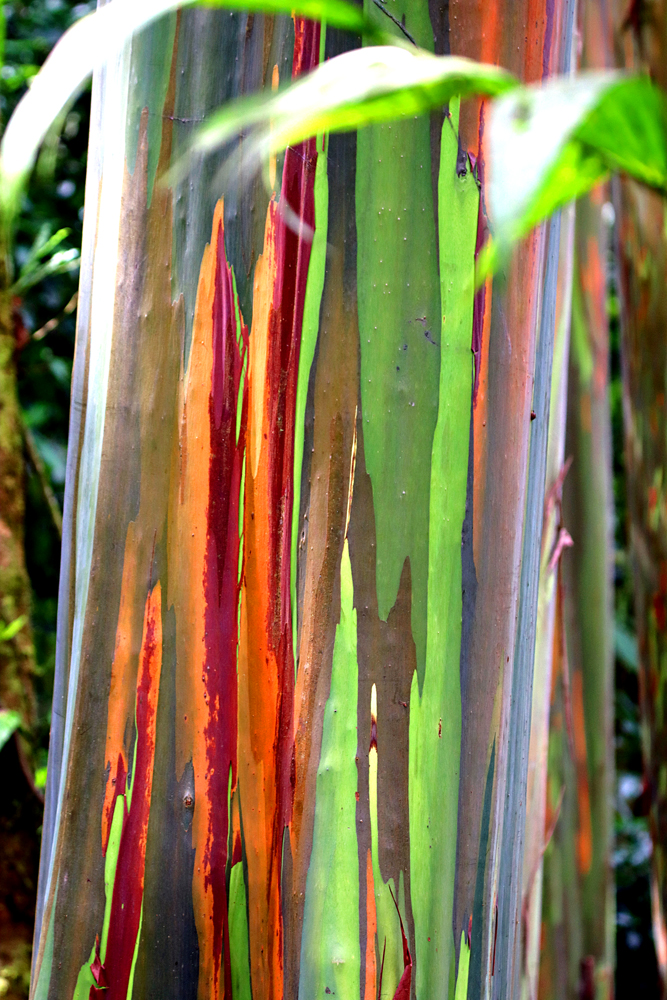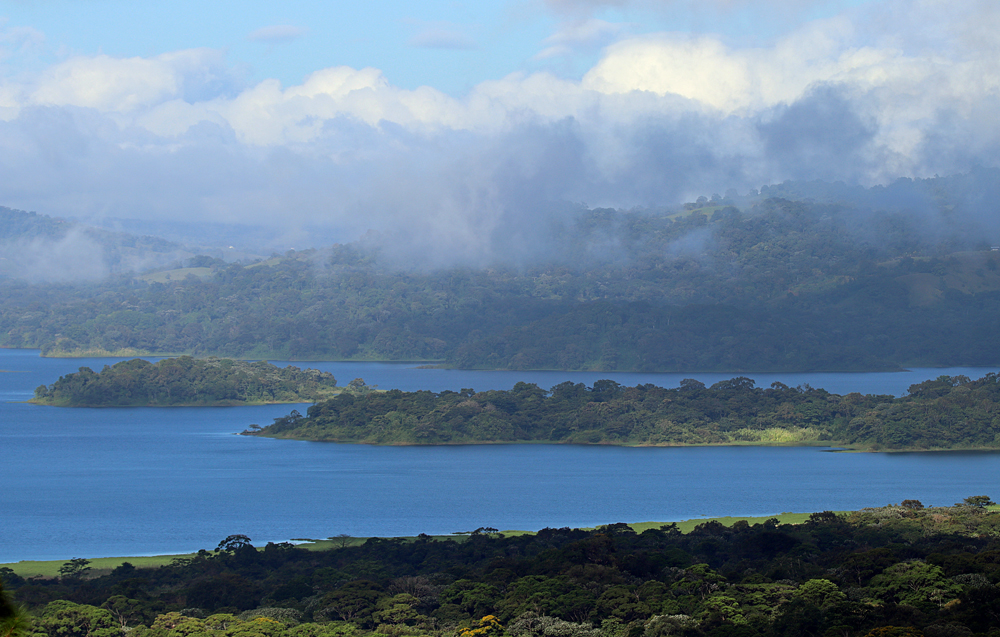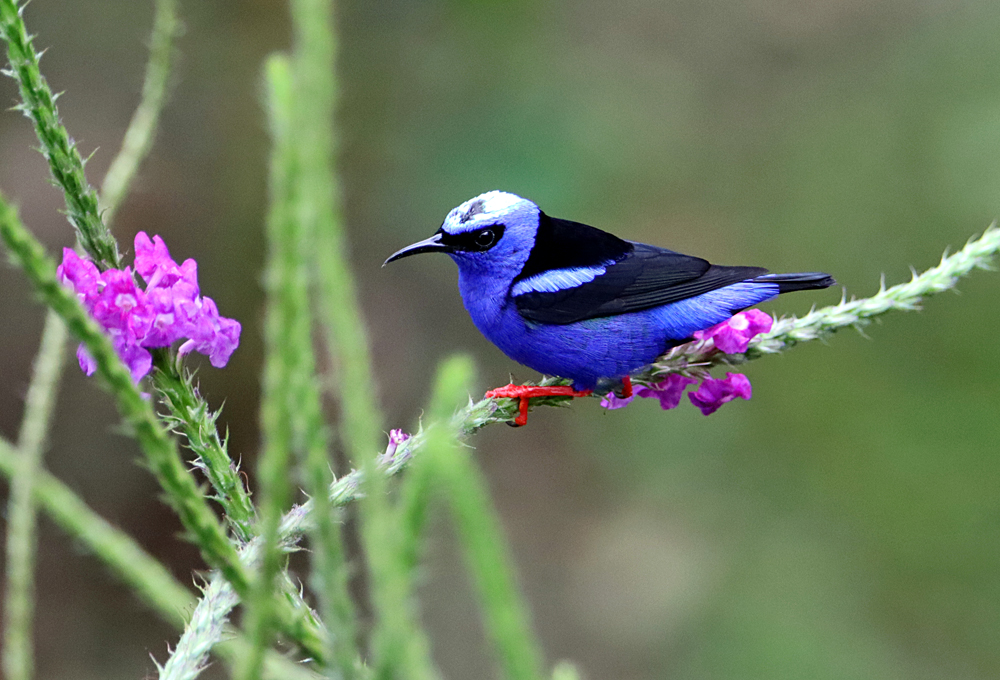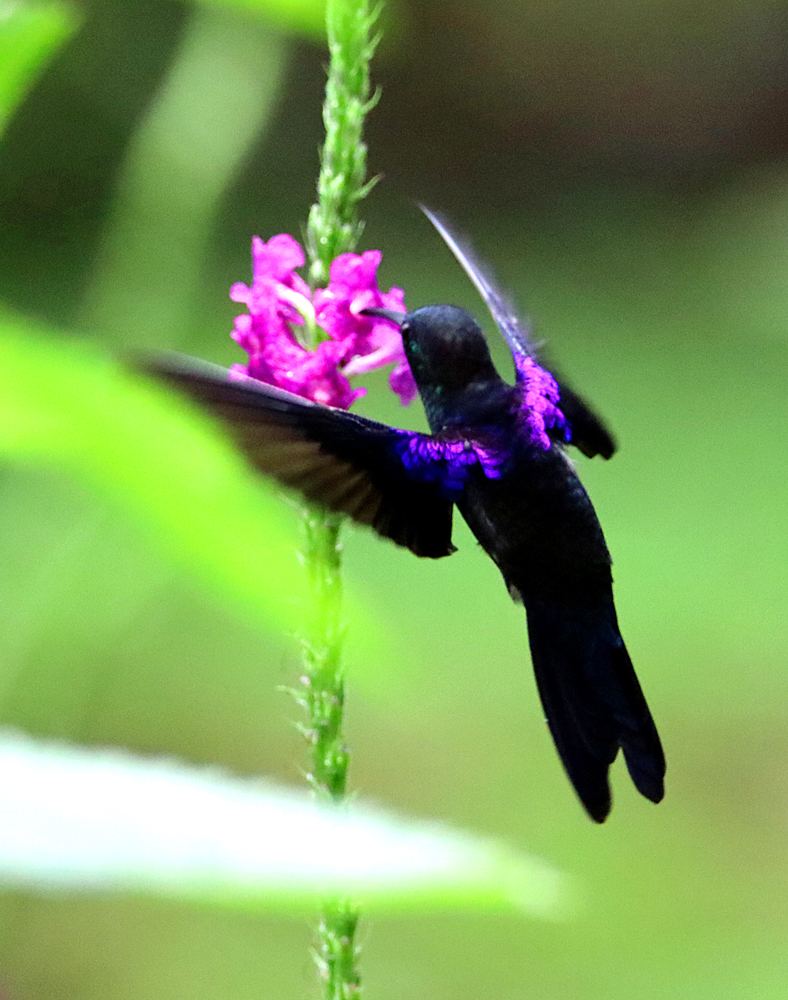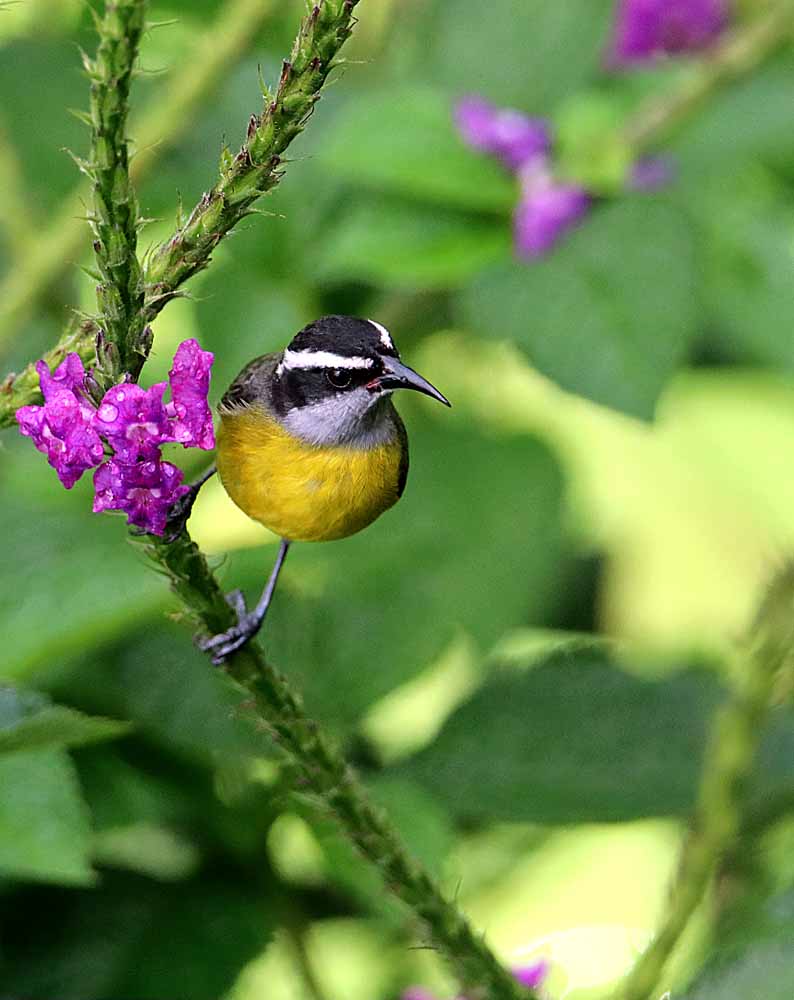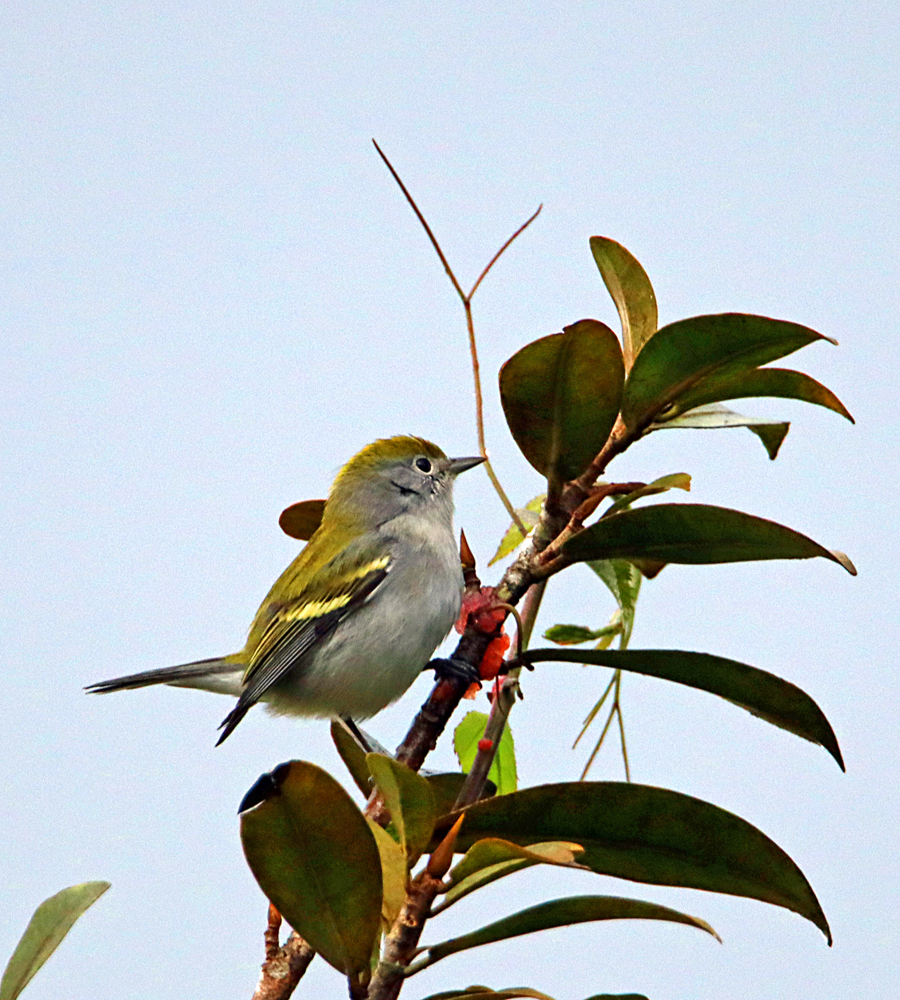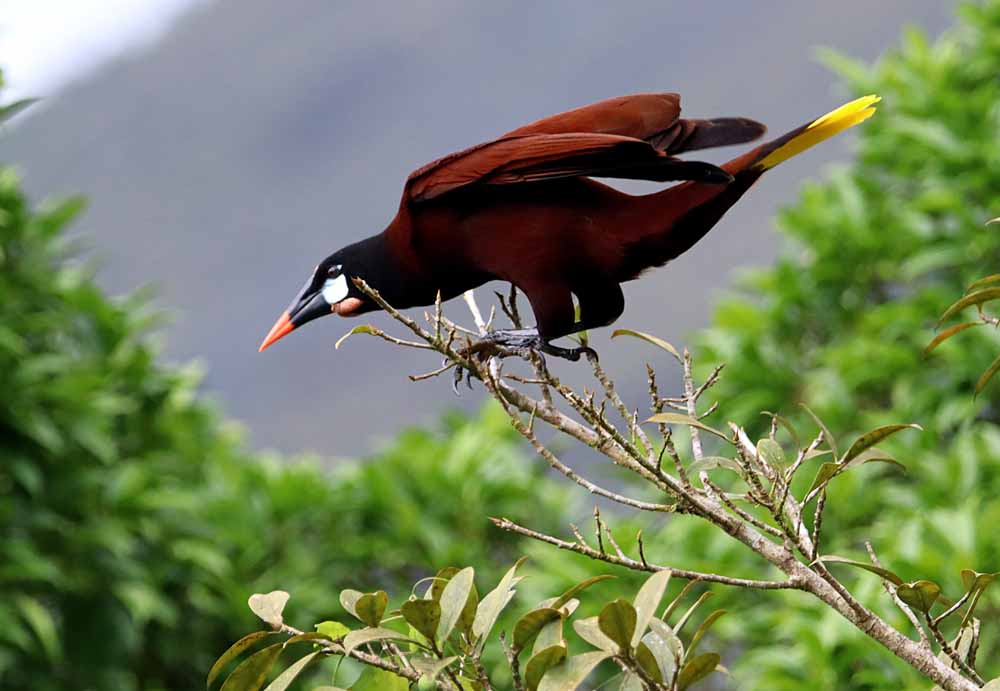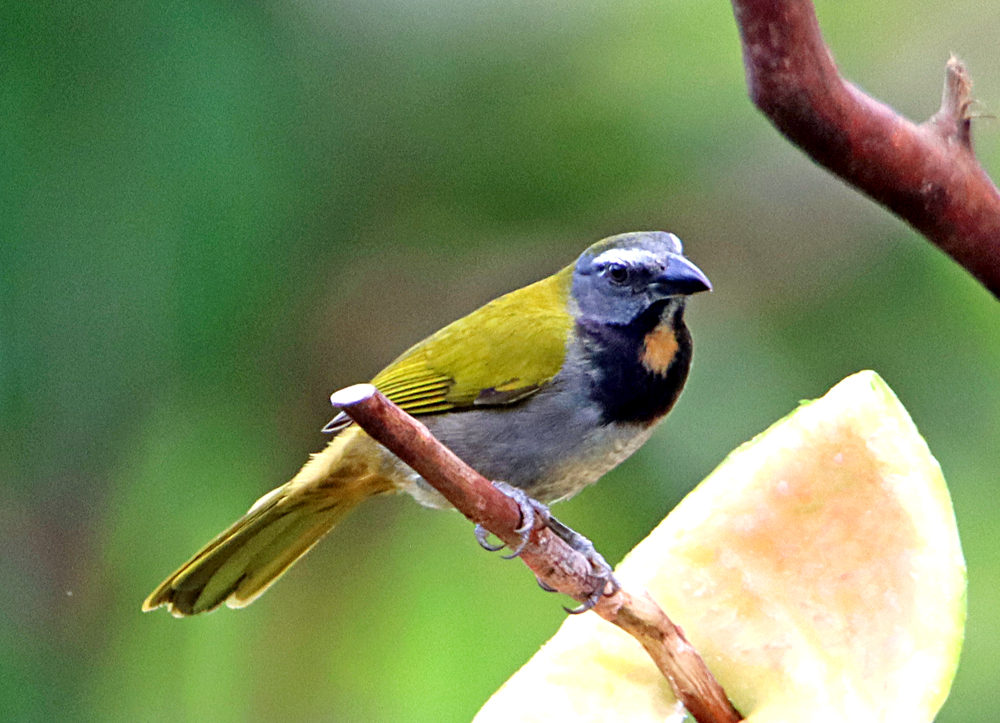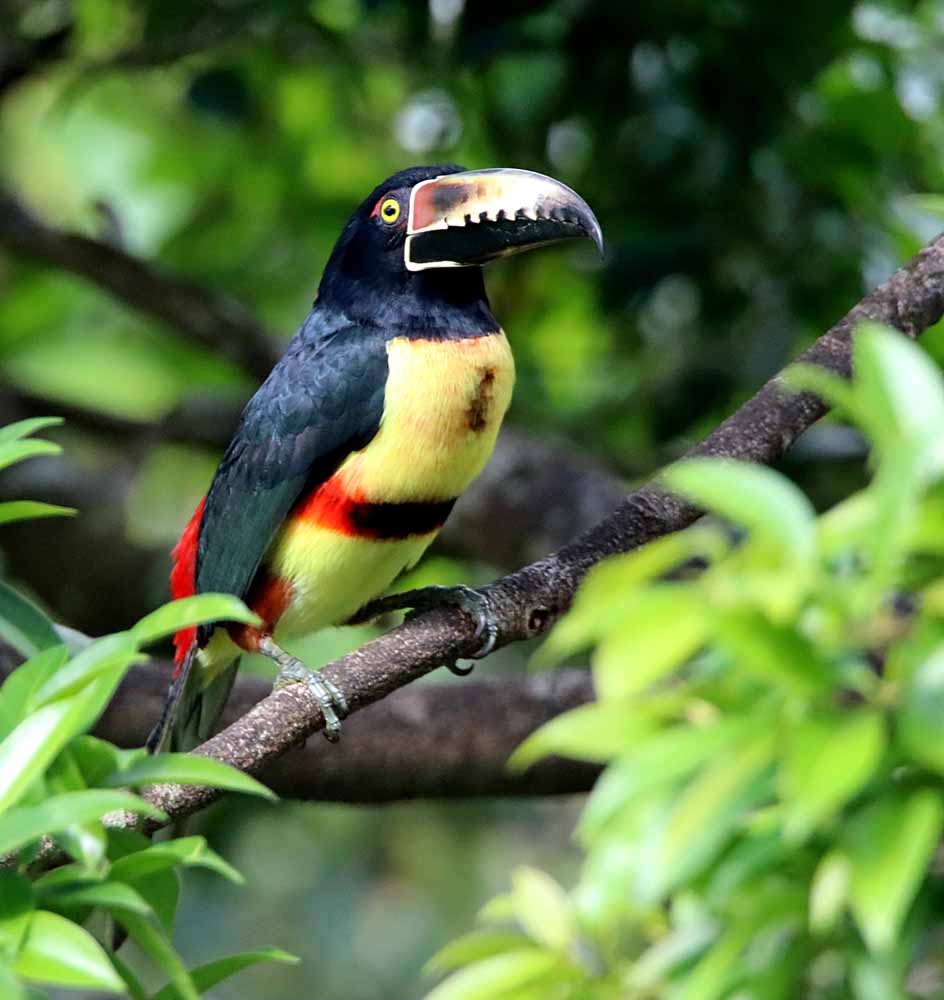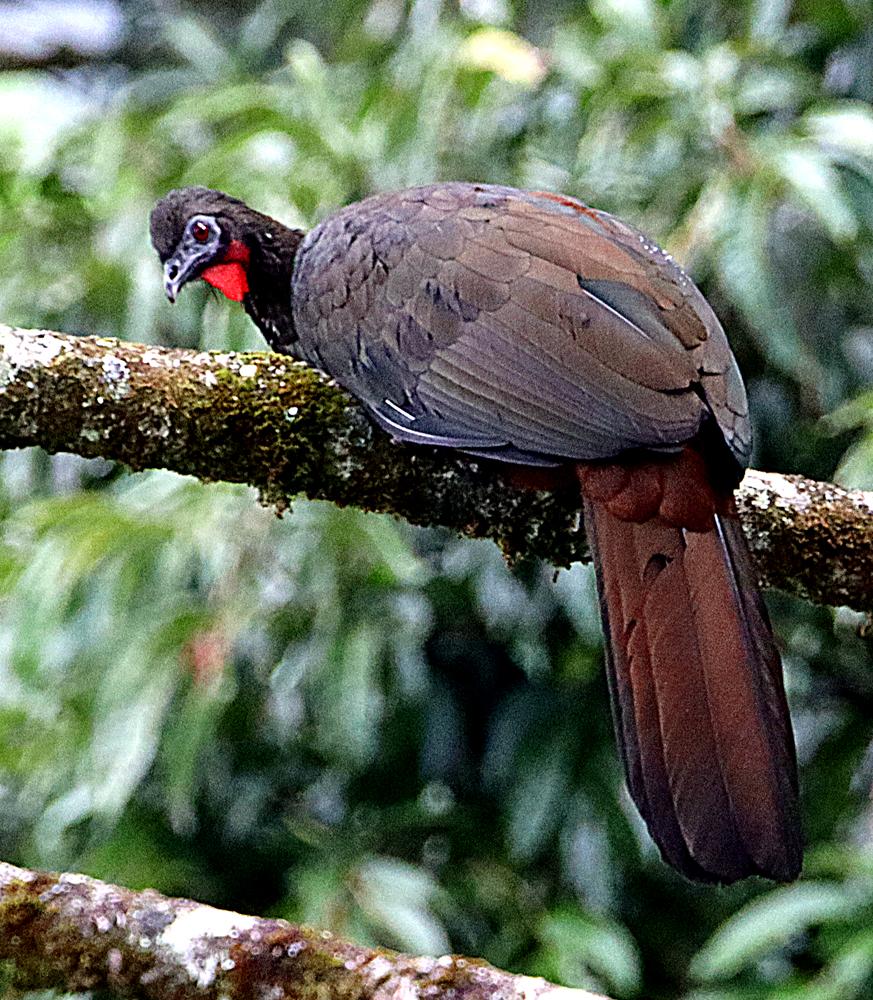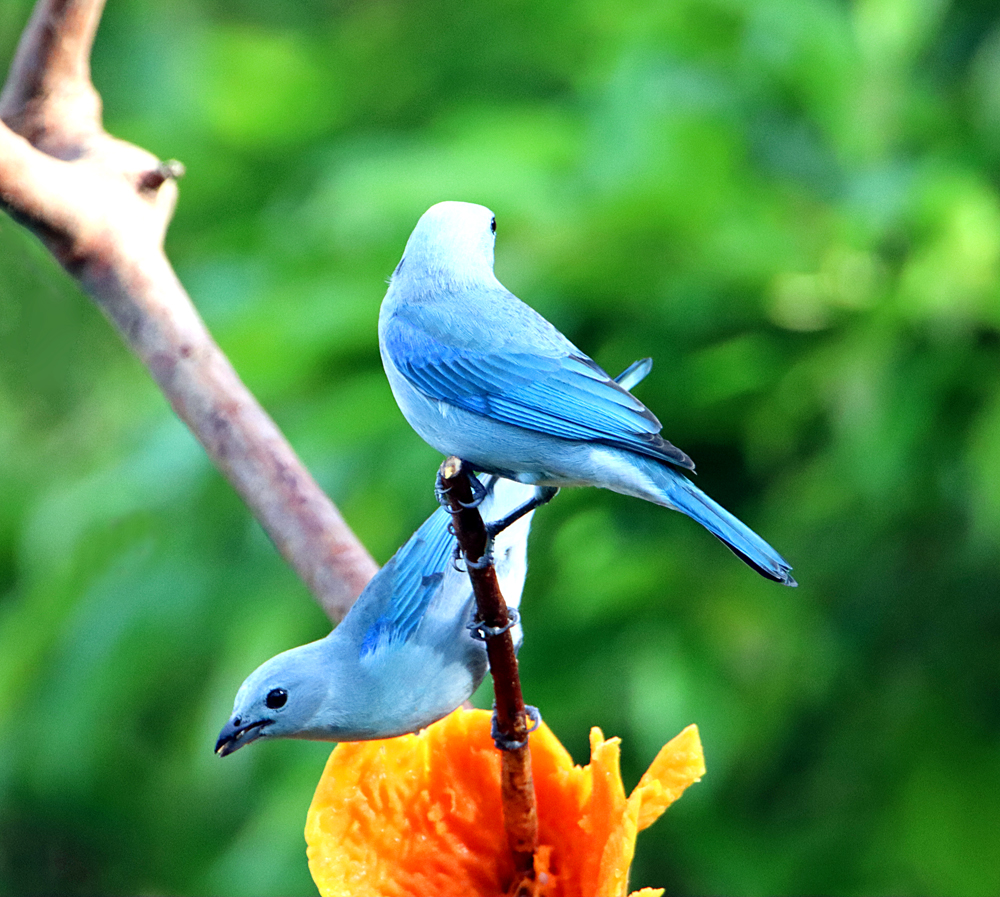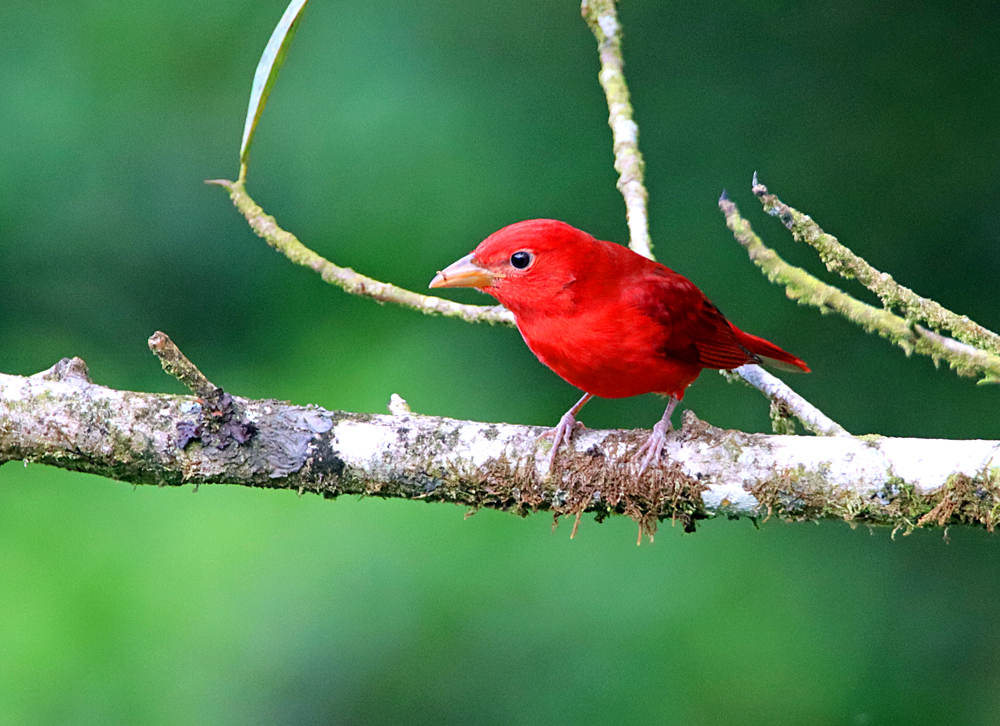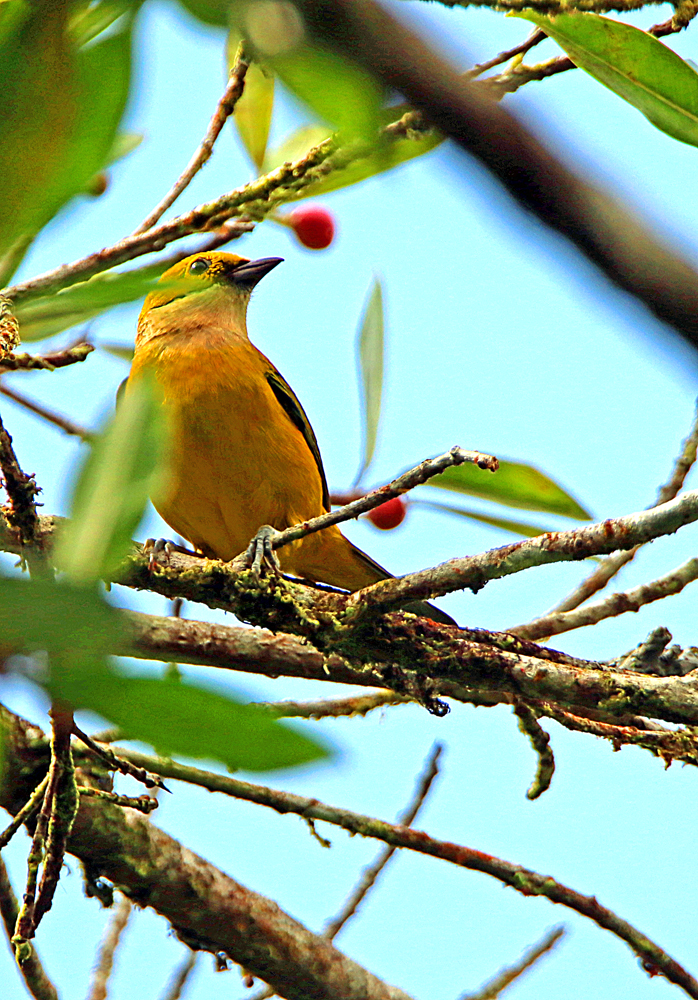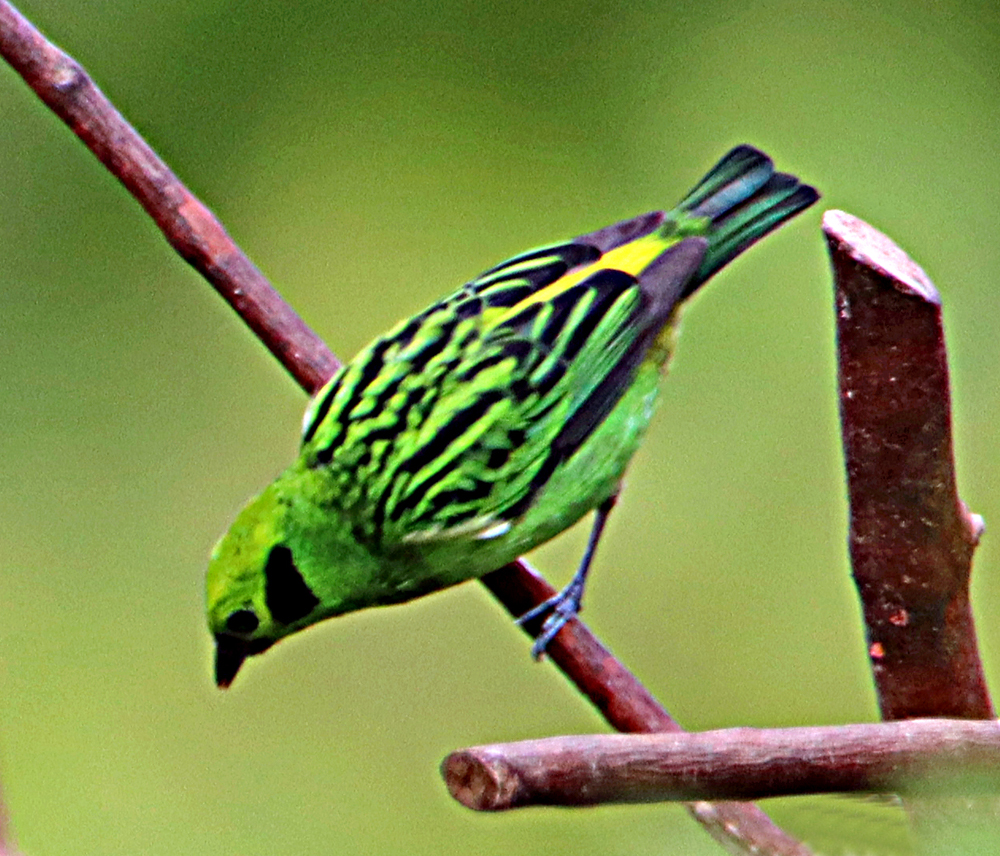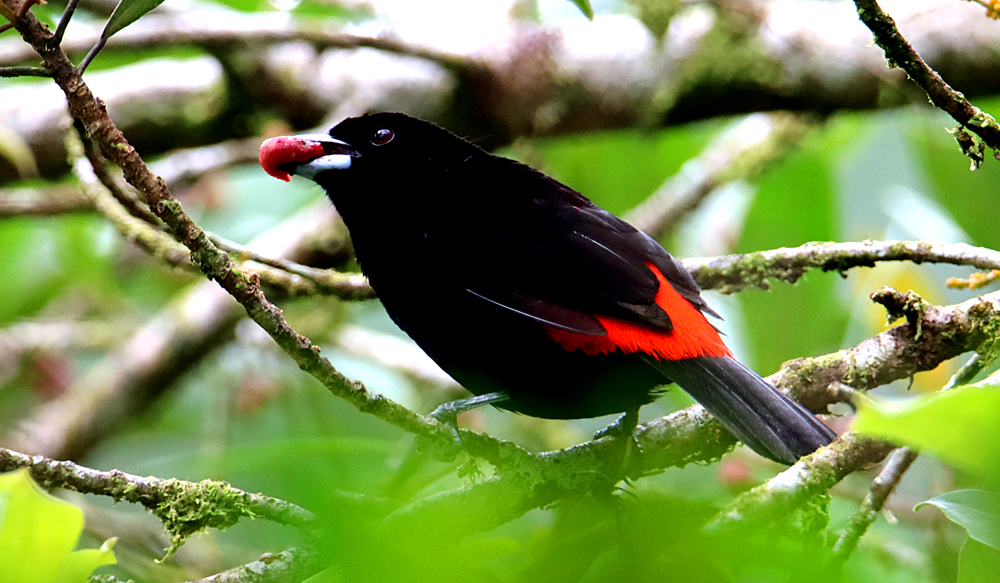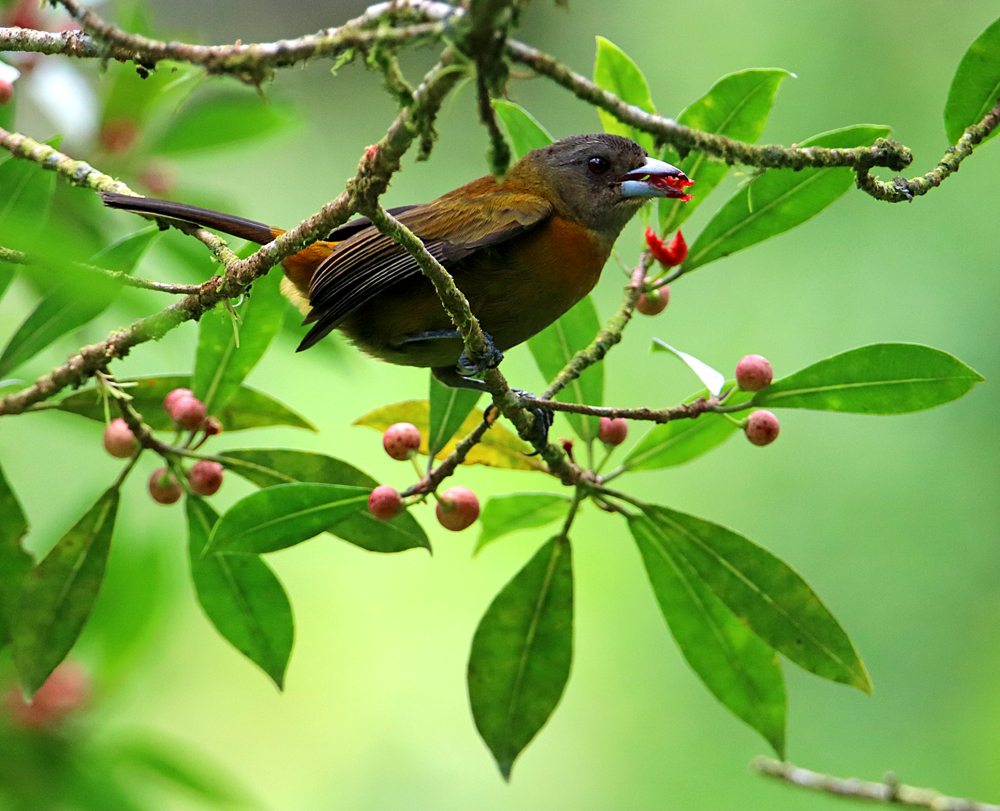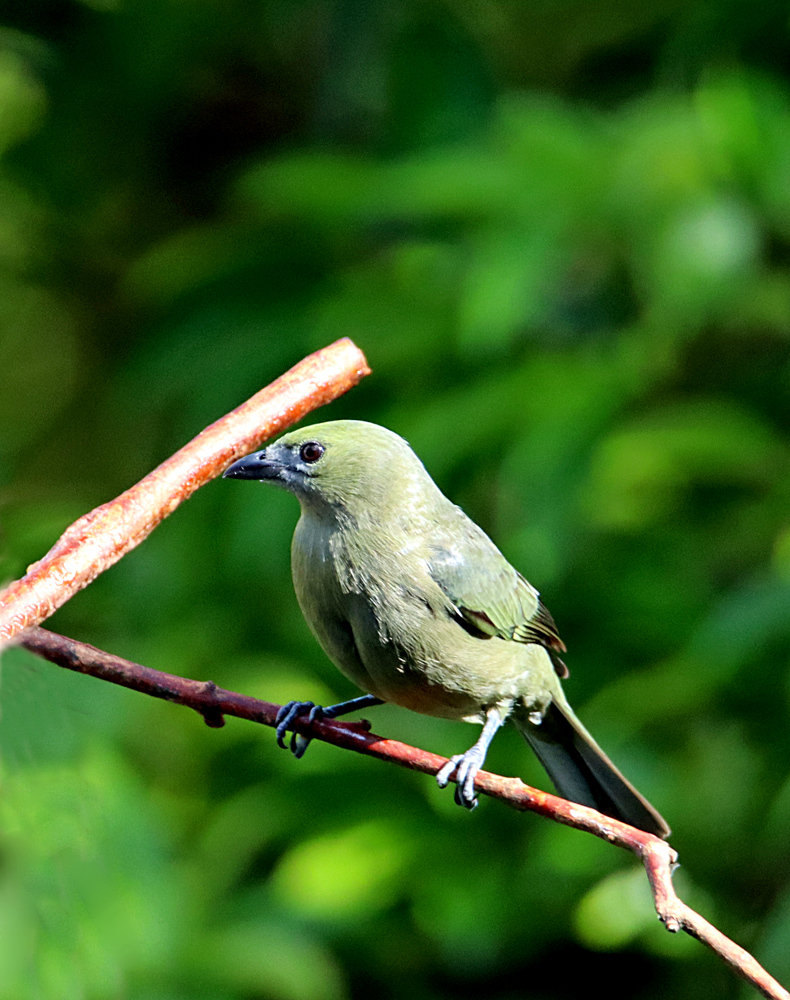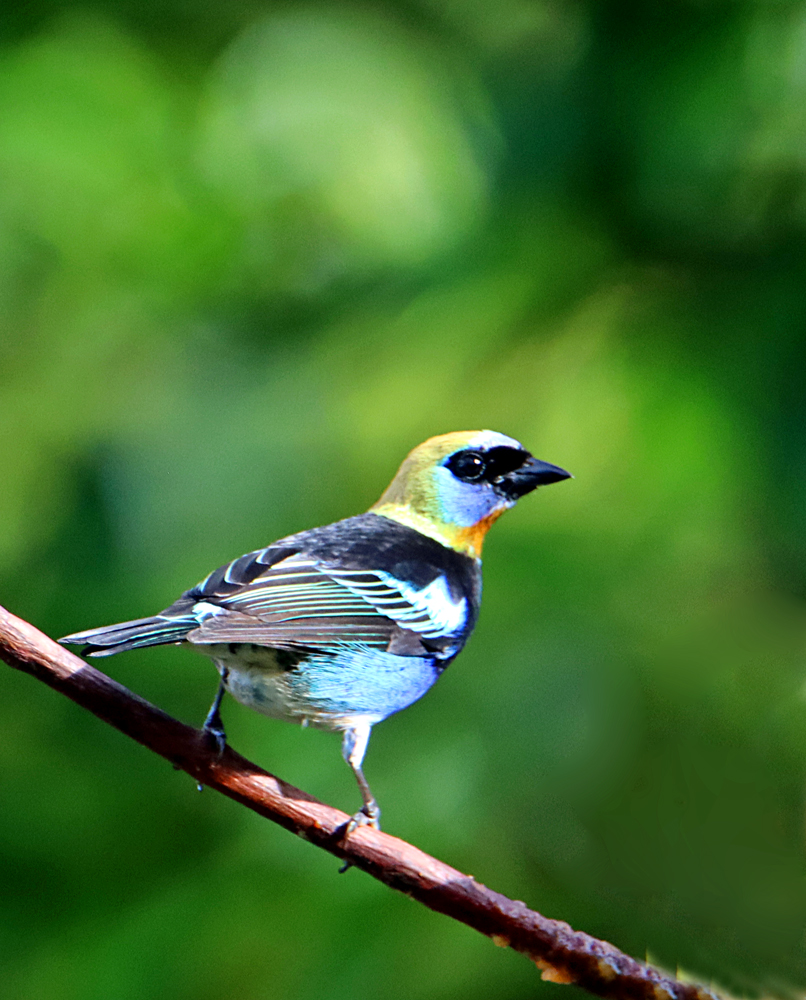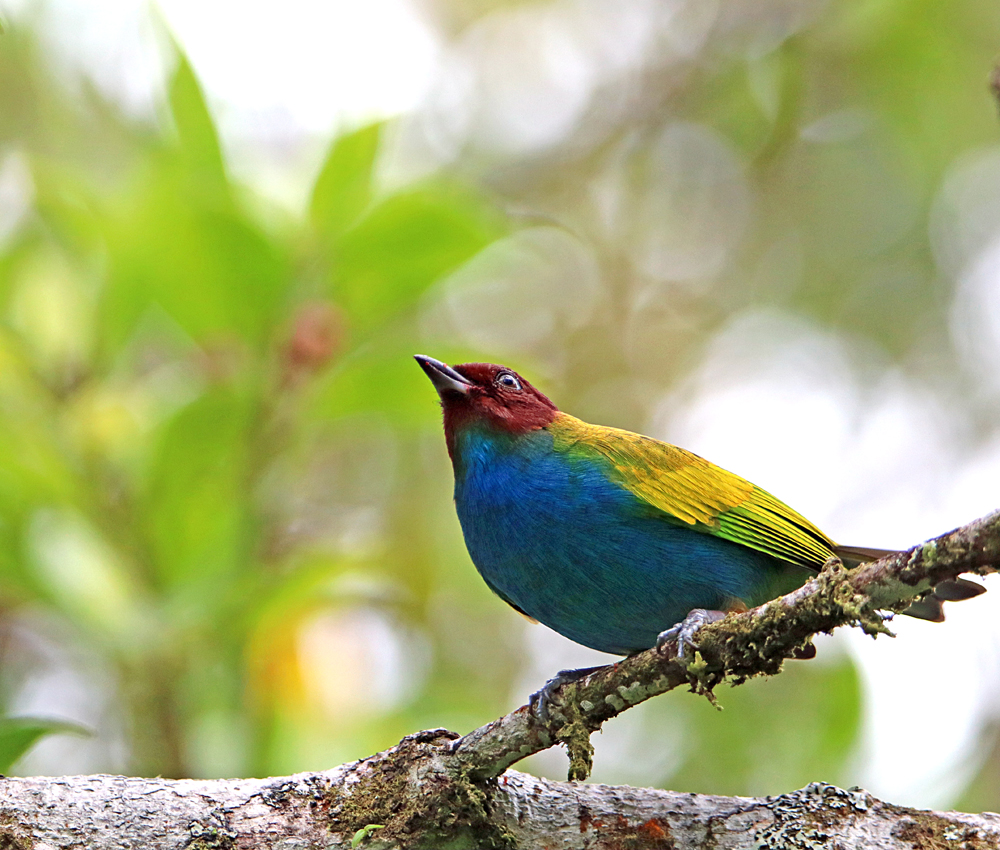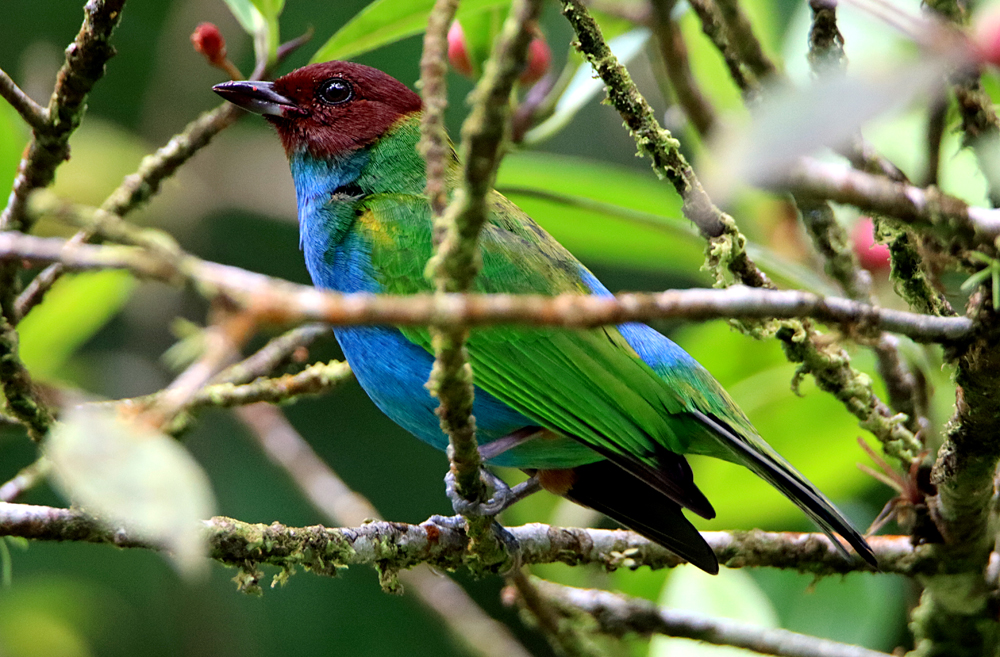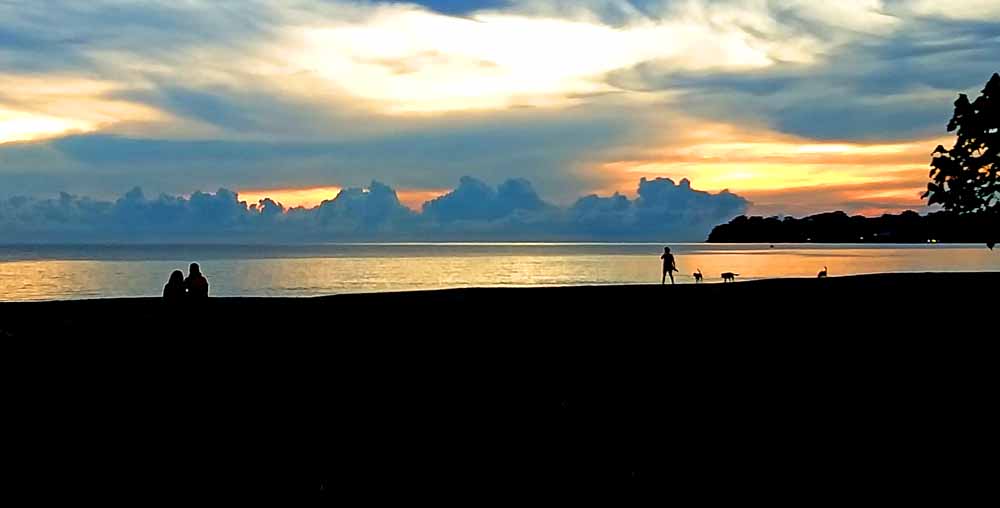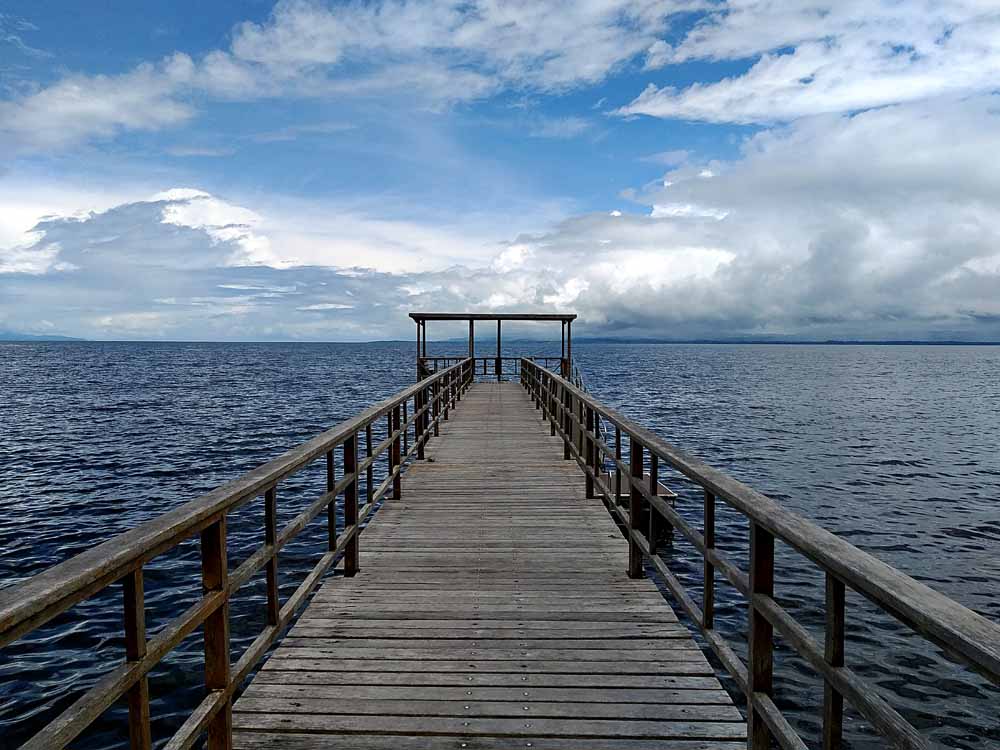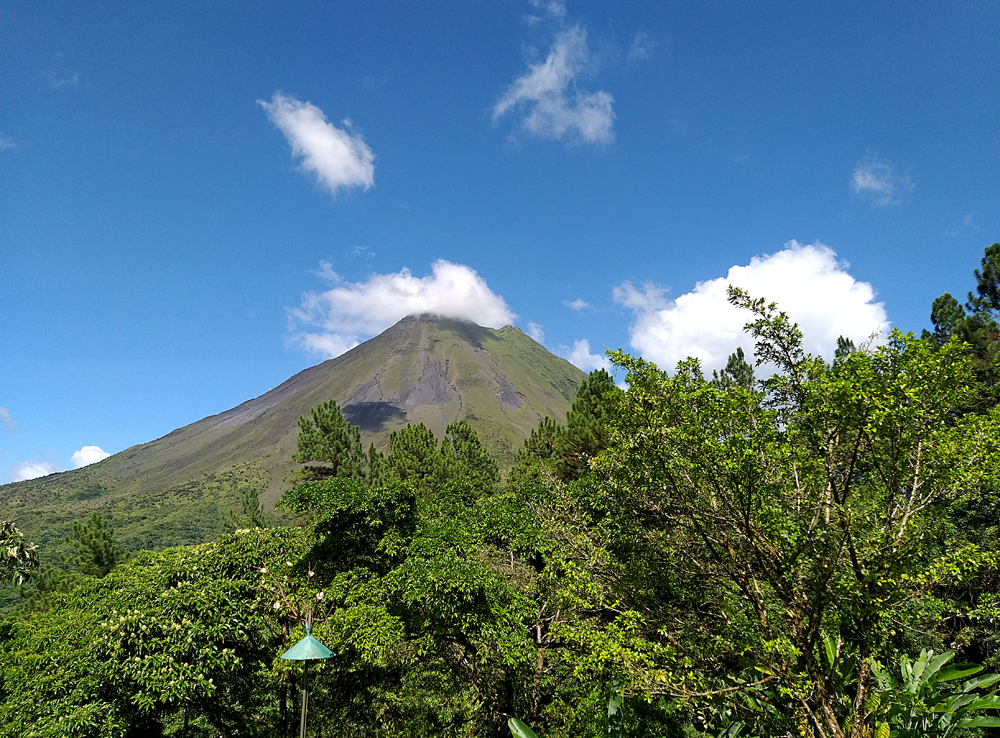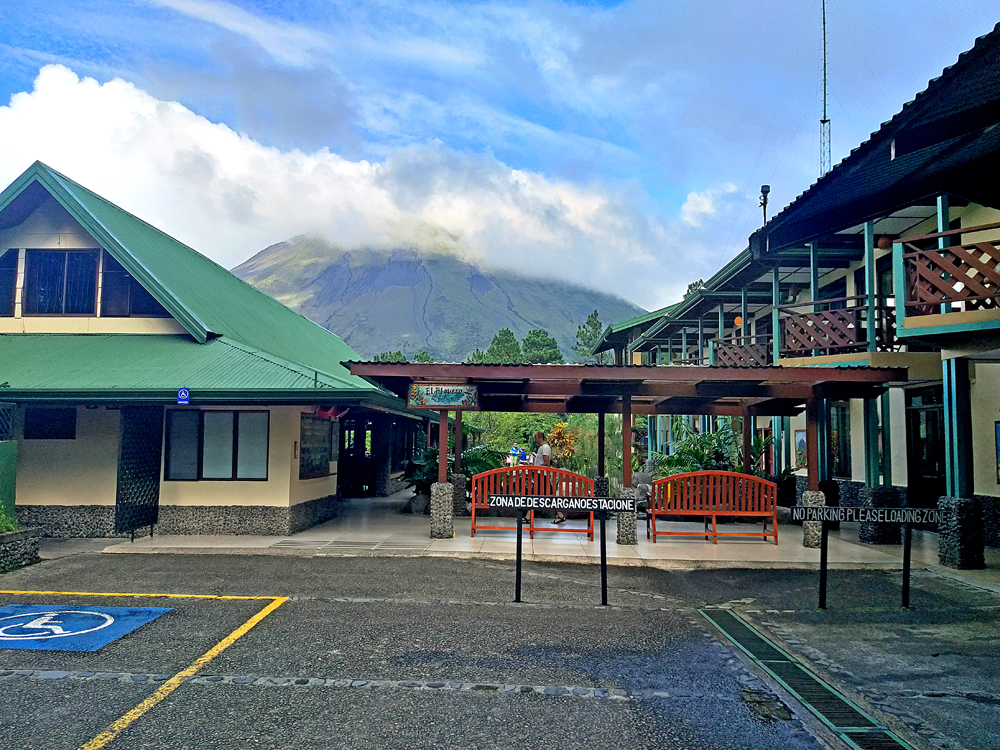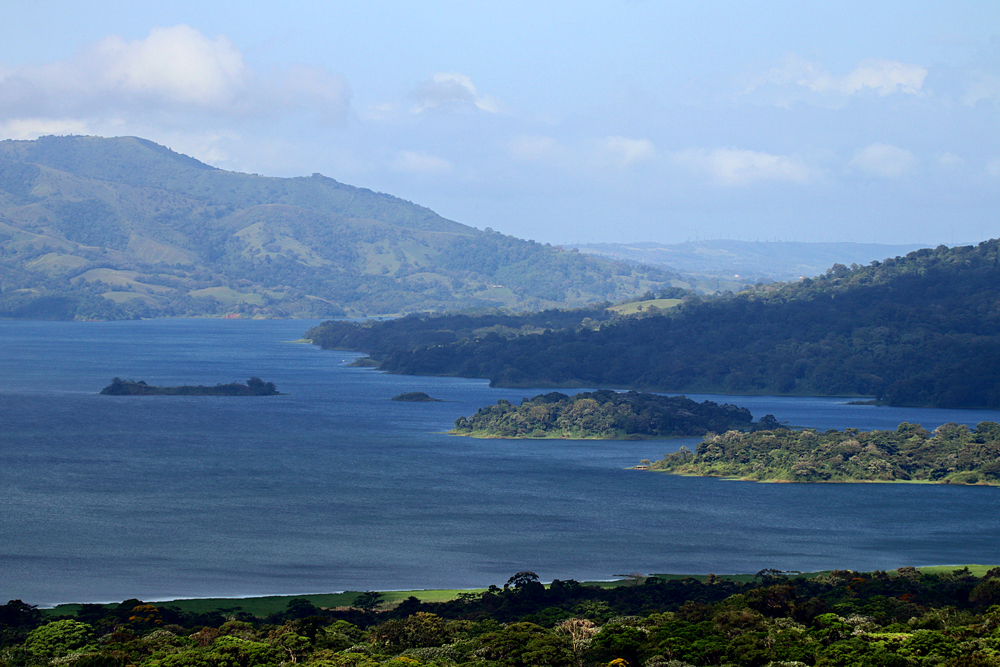I just can’t quit talking about all the neat things you can see and photograph at Arenal Observatory Lodge! And another one are trees, all of their trees, but maybe the most unique are their Rainbow Eucalyptus Trees that were a part of their early development reforestation program which you can read about in an article on their website: The Rainbow Trees of Arenal, Costa Rica by Shannon Farley, my friend and fellow Atenas resident! 🙂 You will be amazed as you read the article and probably want to visit this favorite lodge of mine too! Where I could spend months hiking their 7+ miles of well-maintained hiking trails and never be bored! 🙂
Well, just 2 photos this time, then I encourage you to read my longer post of 2 years ago on all the trees of Arenal that I love!
And read my blog post on Arenal Trees I wrote two years ago titled: Enamored by Trees!
¡Pura Vida!
